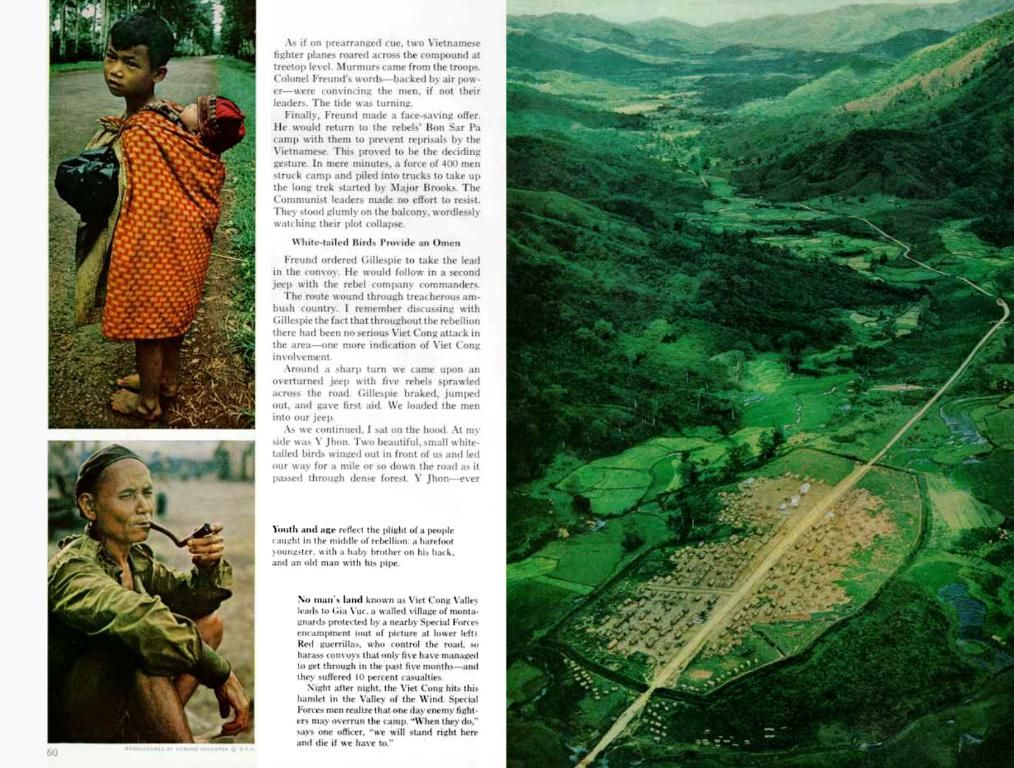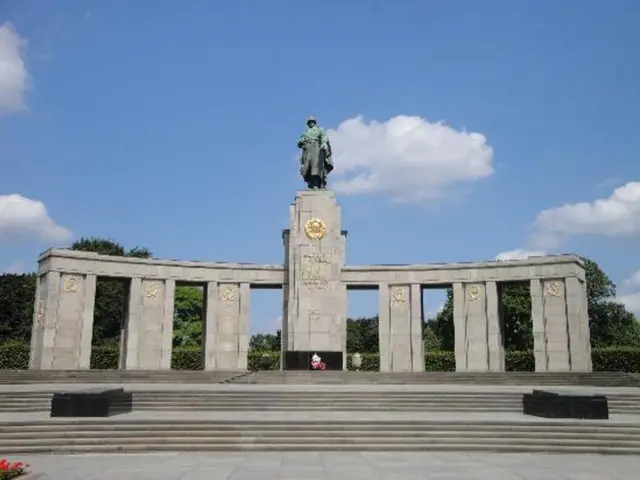Streamlining customs procedures and reducing trade restrictions in Central Asian nations
Rolling Down Barriers: Central Asian States Push for Free Trade Zones
Central Asian nations are tearing down trade barriers, driven by their aspiration to form a unified regional market. This shift has caught the watchful eye of the Kremlin, who fears that increased Central Asian trade could lead to the expansion of commercial networks sidestepping Russia.
This move towards a unified Central Asian market is a major goal of the B5+1 initiative, a business-oriented counterpart to the C5+1 format. Launched in March, the B5+1 seeks to build a comprehensive trading ecosystem within the region by promoting regional free trade and diversifying export routes. The five Central Asian countries - Kazakhstan, Kyrgyzstan, Tajikistan, Turkmenistan, and Uzbekistan - are at the helm of this mission.
In mid-April, Central Asian leaders are leaving no stone unturned in exploring the potential of the B5+1. Hand-in-hand with the objective underlying the B5+1, a Central Asia with streamlined customs procedures, robust property rights protection, and efficient commercial dispute resolution could attract increased Western trade and investment, making the Middle Corridor trade route the most lucrative option for regional governments and businesses.
On April 18, Uzbek President Shavkat Mirziyoyev and his Tajik counterpart, Emomali Rahmon, inked 28 interstate agreements transcending various political, economic, and social sectors. Two of these agreements aim to streamline customs procedures at border checkpoints and safeguard industrial property rights - both factors crucial for fostering a conducive trading environment.
Prior to Mirziyoyev's visit, over 600 officials and business executives from both nations gathered at an investment forum in Dushanbe, the Tajik capital. The gathering saw participants express a keen interest in developing joint projects in the mining and green energy sectors and expanding trade relations.
According to Tajikistan's Asia-Plus news service, the two countries are collaborating to construct a free trade zone at the Oybek-Fotekhobod border crossing, as well as a logistics hub at Andarkhan in the Ferghana Valley. Additionally, Tajikistan's official Khovar news agency reported that the pair were working together to eliminate the need for time-consuming permit forms at Tajik-Uzbek border points for freight-carrying trucks transiting through the two countries.
The old trade turnover between Uzbekistan and Tajikistan stood at $505 million in 2023, but officials aim to augment this figure to $2 billion in the coming years, Uzbek media outlets reported. Thistarget for bilateral turnover echoes Kazakhstan's $2 billion objective, disclosed by president Kassym-Jomart Tokayev,following his meeting with Kyrgyz President Sadyr Japarov on April 19.
Two agreements out of the series signed between the two nations dealt with measures to facilitate cross-border movement. During a subsequent news conference, Tokayev emphasized the importance of strengthening trade and economic ties, while mentioning specific measures being implemented to ease trade, including the digitalization of customs procedures at multiple Kazakh-Kyrgyz border crossings.
In the global trade landscape, Central Asian efforts to reduce trade barriers and streamline customs procedures are causing ripples. Some view this movement as a potential threat to Russia's trade interests in the region. Time will tell whether the trade barricades crumble completely and if the B5+1 proves to be a game-changer in Central Asian commerce.
:::note Enrichment Insights- The B5+1 process, a private-sector led counterpart to the C5+1 format, focuses on strengthening economic partnerships between the United States and Central Asia through public-private dialogue.- The objective of the B5+1 is to foster economic integration and cooperation among Central Asian nations, which could contribute to the formation of a more unified regional market, capitalizing on the region's strategic location and resources.:::
- The B5+1 initiative, a business-focused counterpart to the C5+1 format, aims to build a comprehensive trading ecosystem in Central Asia, promoting regional free trade and diversifying export routes.
- Central Asian leaders are looking into the potential of the B5+1, with the goal of creating a Central Asia characterized by streamlined customs procedures, robust property rights protection, and efficient commercial dispute resolution, to attract increased Western trade and investment.
- In the realm of education and self-development, the improved trading environment in Central Asia could lead to an influx of new business opportunities, possibly prompting interest in learning more about investing.
- The sports sector could see a boost as increased trade activities can stimulate economic growth, leading to potential investments in sports infrastructure development.
- General news outlets have reported on the 28 interstate agreements signed by Uzbek and Tajik leaders, which include measures to streamline customs procedures and safeguard industrial property rights, benefiting various business sectors and contributing to the expansion of commercial networks within Central Asia and beyond.






